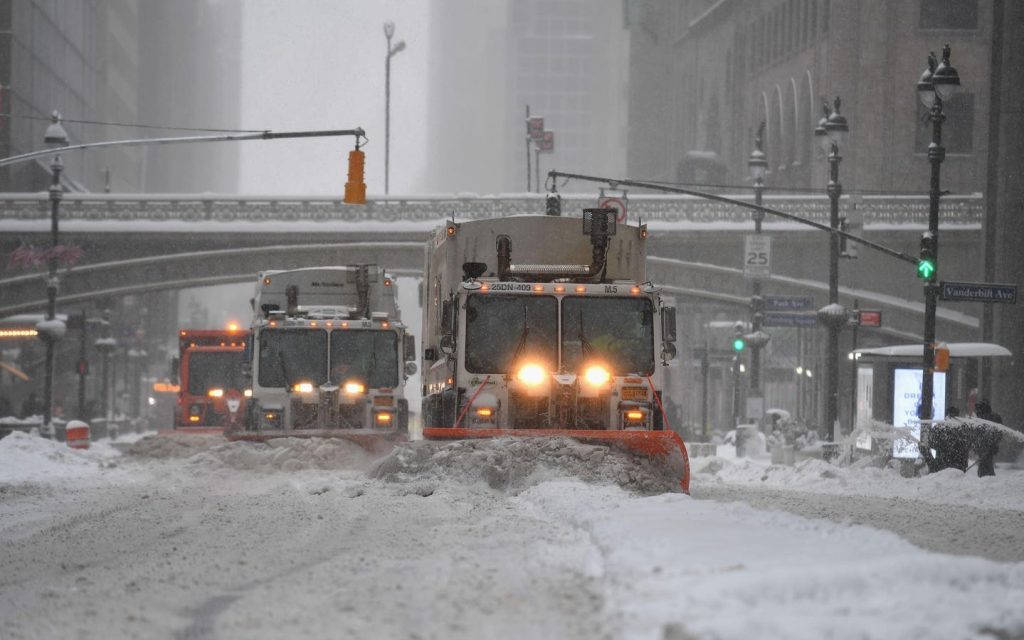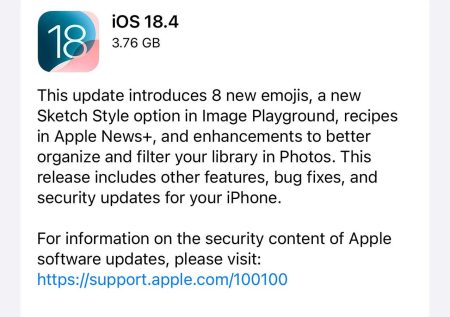I know December is approaching because debates about the college football playoffs are in full bloom, holiday decorations are starting to appear, and my two kids have added the latest, overpriced headphones to their wish lists. December 1st is the beginning of meteorological winter. It is also a good time to consider three big and looming weather questions.
Is The Atlantic Hurricane Season Over?
The answer is probably yes. The Atlantic hurricane season typically runs from June 1st to November 30th. Currently, the National Hurricane Center tropical weather outlook indicates that no development is expected over the next seven days. Hurricane expert Bryan Norcross posted on the platform X that a recent tropical system in the central Atlantic, which has since fizzled out, was likely the last chance for development this season.
However, it should be noted that an isolated system cannot be ruled out in the coming weeks. It is certainly not unprecedented to have a named system in December. As I wrote in 2020, “Though rare, tropical systems and even hurricanes have formed in December….Roughly 3% of tropical systems have formed in off-season months (December to May) over the period 1851 to 2017.” Currently, atmospheric conditions (strong winds and drier are) are not conducive to support tropical development so I tend to agree with assertions that the season is likely shutting down.
Will El Niño Mean More Snow This Winter In the United States?
This is a somewhat tricky question. NASA’s website reminds us that, “El Niño is a periodic climate phenomenon characterized by higher-than-normal sea levels and warmer-than-average ocean temperatures along the equatorial Pacific.” Experts expect a strong El Niño (meaning average temperatures at least 2.7 degrees F above normal) as we transition into the Northern Hemisphere winter season. These oceanic conditions affect atmospheric patterns and weather around the world.
To address the question about snow, I turn to experts at the National Oceanic and Atmospheric Administration. Michelle L’Heureux and Brian Brettschneider, the NWS Climate Service Program manager for the Alaska region tackled this question in a recent NOAA Blog. Using a reanalysis dataset well-known to those of us in atmospheric sciences, they discussed two maps: Anomalies in snowfall during winter for El Niño and moderate-to-strong El Niño winters (January to March spanning the years 1959 to 2023)). The analysis removed long-term trends and is compared to the 1991-2020 average, which is called a climate normal period. Since a strong El Niño is predicted, I have included that map below.
If you are in the southern tier of the United States and are a snowlover, you might be getting excited by what you see. While there is guidance here, there are also several caveats. The authors wrote, “While the maps we’ve shown above may excite or depress you depending on your situation and snow preferences….Relying on the average is a bit dangerous because a few heavy snowfall winters can give the impression that most winters are above average. Which is why it’s important to recognize there can be large variation from winter-to-winter.”
The scientists also point out caveats about removing long-term trends and the impact of climate change. They go on to say, “Unsurprisingly, because of climate change, over most of the contiguous United States we have trended toward less snowy winters….This doesn’t mean that it never snows, or we cannot get big snowstorms, but that snowfall has gradually trended downward over time.” The main message here is to take these maps with grain of salt (or flake of snow).
Will 2023 Be The Warmest Year On Record?
I certainly told reporters many months ago that the answer to this question is likely yes, and I am more convinced now. November 17th was an ominous warning. It was the first day global temperatures exceeded the two-degree Celsius threshold above pre-industrial levels, at least with one particular dataset. That threshold is the mark often referred to as the “Oh-crap” level. A recent NASA-led study finds compounding impacts once that temperature threshold is exceeded for a sustain period of time.
Climate expert Robert Rohde offered context in a post by saying, “Witnessing the first daily temperature anomalies above 2.0 °C are a stark reminder of the progression of global warming. However, all key climate targets are defined in terms of long-term averages. A few warm days, by itself, won’t mean that key thresholds have been crossed.” Of relevance to my original question, the red line in the graphic above is a strong indicator of why most climate scientists are resigned to the fact that 2023 will be our warmest year on record. Candidly, it may not even be a close race, and 2024 could be even warmer.
Read the full article here








